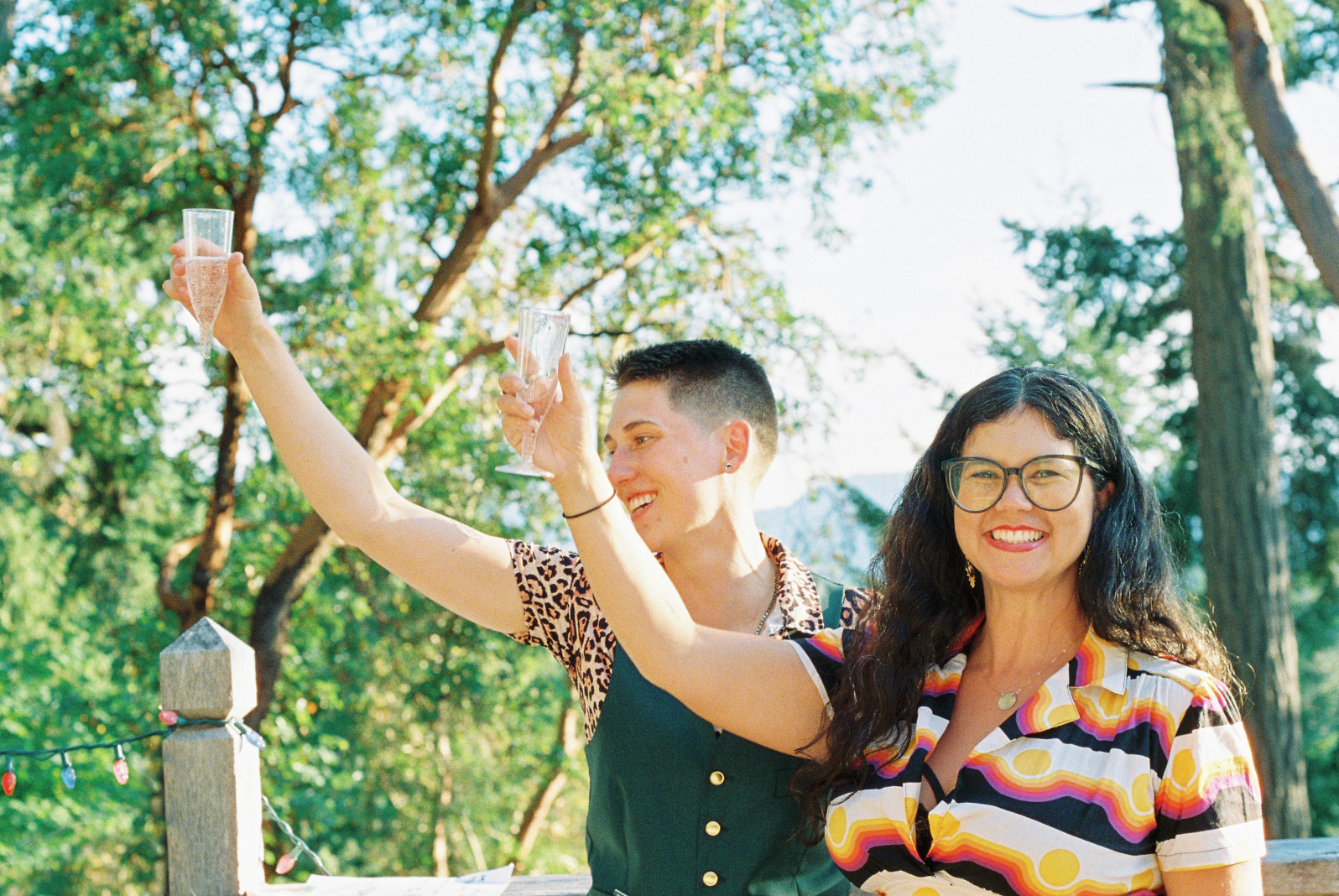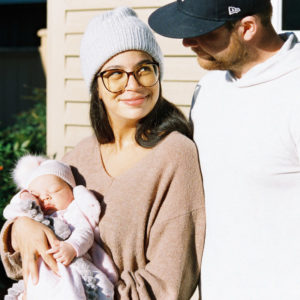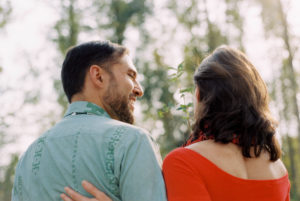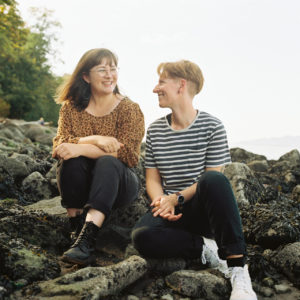I think a lot about what makes queer culture different (or not) from mainstream culture. What is fundamentally different or practically different, what serves different cultural purposes, what we decide becomes queer simply because it’s queers who are doing it. I think this question is particularly relevant when we’re talking about weddings.
My partner and I are not legally married (though we have been Gay Married since we got our first cat, as per the cultural convention) and don’t really have any plans to changing that, but it doesn’t mean we don’t want to celebrate our love and invite our people to share in it. Five years in we marked the occasion with a 5Years/5More party that was basically the most wonderful thing that has ever happened, and just this summer we celebrated 10Years/10More with friends new and old. We wanted to create our own rituals and markers, rather than subscribe to ones that weren’t meant for us. Or, as we’d seen happen to others, end up sucked into traditions and conventions we didn’t intend to participate in because the pull of the wedding industrial complex and the influence of family of origin are powerful forces. We’re DIFFERENT, goddammit.
But there are some good reasons to devote energy to queering The Wedding, not least of which is the issue of safety.
British Columbia common law technically affords us exactly the same rights and privileges as legally married people, but not all provinces are the same, and not everyone’s family members or healthcare providers can be relied upon to not be homophobic and/or transphobic. Sometimes there are questions of parental rights. It’s undeniable that the ring and the marriage records carry weight.
While I don’t believe marriage equality is the site of our collective liberation, I can’t deny that at least some of my safety (as a cis, able-bodied queer) has been won by those who fought for it.
So what’s different because it’s queer? What is the same thing by another name? When is a new name enough to create the transformation? There were so many things that were different about these ceremonies and gatherings, but one that stands out and the one I want to share with you via photos today is family portraits (you already know I love to document your lovely face).
A set piece of any wedding photography collection is family portraits. And so we begin with the immediate family, parents and siblings, and move out from there. But where do we stop? Especially when that traditional parent-sibling-blood-relation structure is absent, who’s to say where to draw that line? We decided, without quite so many words, that we didn’t have to. We added family members and made portraits until the light faded, and then we loaded in some black and white film, set it up to be pushed two stops (read: increase contrast to give a little extra brightness in low light conditions. Film is so flexible and versatile) and squeezed a few more portraits in.
At another ceremony we did the same, began with immediate family. Only this time that immediate family consisted of four adults (we affectionately refer to this family as the FPF – Four-Parent Family) alongside their three children (I’d love to show them to you but this family doesn’t put their kids picture on the internet and of course I respect that choice) before we added siblings and parents. And once again, from there it was bff portraits, and in some of the best light of the day, it was portraits of the crew of beauties who created and curated the collaborative, interactive, community-focused, kid-involved witchy love ceremony. It was a circle in which we all participated.
One of the things I don’t see a lot of when it comes to wedding photography, at least in what gets posted online, is the guests. In many cases, the guests are there precisely because they are family, and this is all the more true when it comes to queers. It felt really important to devote at least a frame or two to each of these faces, and I’m thrilled I did. I’d be lying if I said didn’t shed a few (more) tears while putting the portrait gallery together, looking at all these people spending time together (quality time is my love language).
So I guess what I’m saying is, in my mind a queer wedding/anniversary/love party/ritual is essentially one big family portrait session. Everyone dressed in their gayest most joyful finery, bringing their prized objects and favourite poems, sitting in circles and creating altars to our love for each other.
If you’ve got thoughts on the subject or plans for your own queer love celebration, feel free to drop me a line. I’d love to hear them.



















